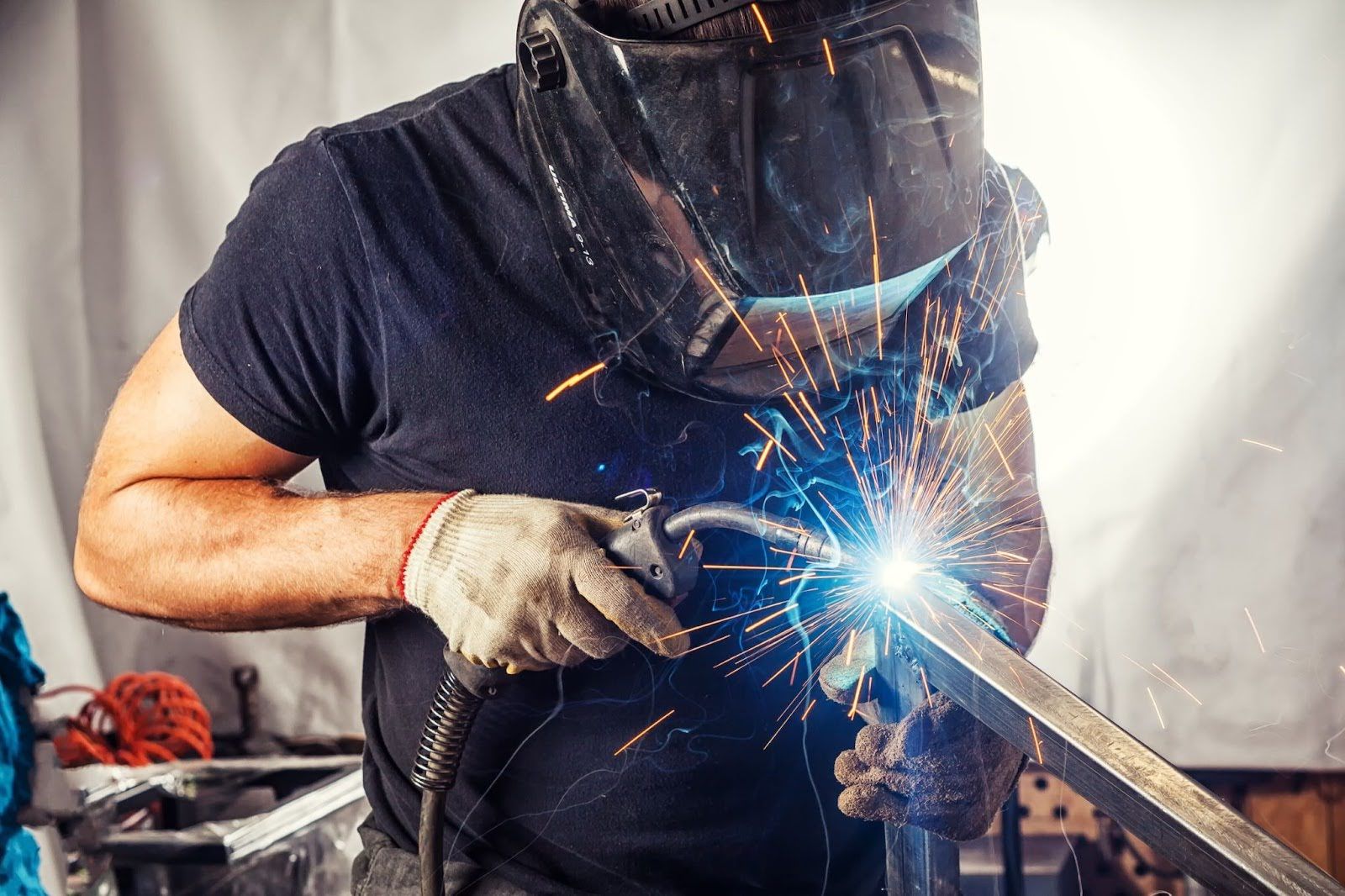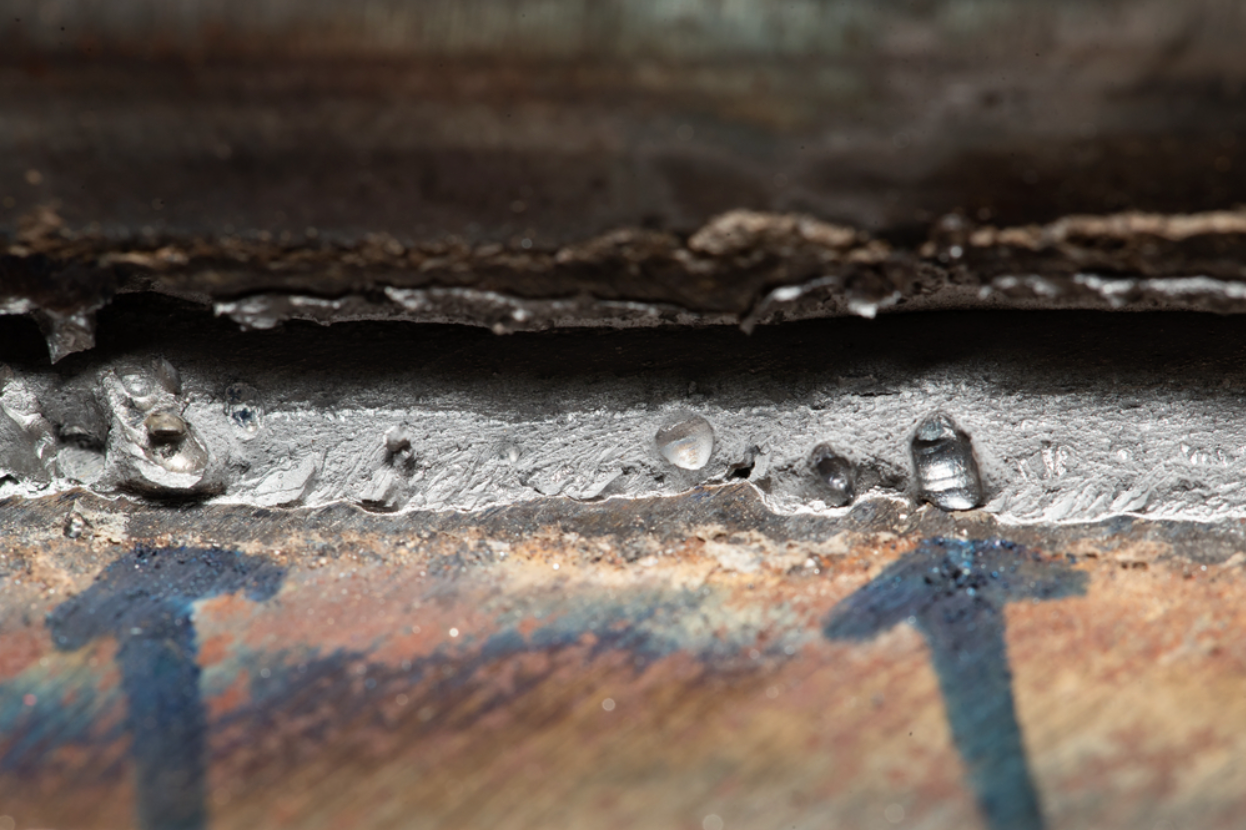Best Guide to Preventing Weld Undercut: Tips and Techniques
Best Guide to Preventing Weld Undercut: Tips and Techniques
Blog Article
Essential Tips for Welders: Preventing Undercut Welding and Ensuring Stronger Weld Joints
In the world of welding, accomplishing solid and long lasting weld joints is the foundation of generating top quality work. One common obstacle that welders frequently come across is undercut welding, which can endanger the honesty of the weld joint.

Comprehending Undercut Welding
Undercut welding is a common welding issue that occurs when the weld steel fails to properly load the groove and leads to a groove-like anxiety along the weld grain. This issue deteriorates the weld joint, making it prone to fracturing and failing under anxiety. Damaging can be triggered by different variables, including too much welding existing, high welding speed, incorrect electrode angle, inaccurate electrode size, and inadequate welding strategy.
One of the primary reasons for undercut welding is an inequality between the welding current and the welding rate. If the welding current is too expensive or the welding speed is as well fast, the weld steel might not effectively load the groove, leading to undercutting. In addition, using an electrode that is also huge can cause a similar outcome, as the excess steel can not correctly move right into the groove.
To prevent undercut welding, welders need to ensure they are utilizing the correct welding criteria, keep an appropriate electrode angle, select the suitable electrode dimension, and practice appropriate welding methods. By resolving these aspects, welders can lessen the risk of undercutting and produce stronger, much more dependable weld joints.
Proper Welding Technique
Reliable welding method plays an important role in making certain the top quality and stability of weld joints. Proper welding strategy entails a combination of precision, adherence, and ability to ideal practices. One fundamental facet of proper welding technique is preserving the proper angle and range in between the welding weapon and the work surface. Welders need to also pay attention to the traveling speed and warmth input to avoid problems like damaging, porosity, or insufficient combination.
Furthermore, a consistent and constant hand activity is necessary for developing strong and durable weld joints. Welders need to intend for smooth, consistent activities to guarantee also circulation of the weld material. Correct adjustment of the welding weapon and filler material is additionally vital to accomplishing ideal infiltration and fusion.
Moreover, controlling the warmth input and choosing the ideal welding parameters based upon the product being bonded are crucial consider achieving premium welds - Preventing weld undercut. Welders ought to adhere to the recommended setups offered by welding treatment specs and adjust them as required based on the details demands of the project. By grasping proper welding strategies, welders can dramatically enhance the toughness and integrity of their weld joints
Picking the Right Electrode
Preserving the appropriate angle and range in between the welding weapon and the workpiece is fundamental when taking into consideration the value of choosing the appropriate electrode in welding applications. The choice of electrode plays a crucial function in identifying the quality and toughness of the weld joint. Electrodes are available in numerous types, each made for particular objectives and products.
Firstly, choosing the suitable electrode size is important. Thinner electrodes are ideal for welding thin products, while thicker electrodes are much better for thicker materials and higher warmth applications. Matching the electrode diameter to the thickness of the work surface assists attain a well balanced weld.
Secondly, recognizing the product make-up of the electrode is essential. Different electrodes are made for welding specific materials like steel, stainless steel, light weight aluminum, or cast iron. Making use of the correct electrode material makes sure excellent blend and reduces the danger of issues in the weld.
Last but not least, considering the welding position and technique is important when picking the electrode kind. As an example, specific electrodes are much better fit for upright or above welding placements, while others function well for flat or horizontal settings. Choosing the best electrode based on the welding technique boosts the overall weld high quality and stability.
Preparing the Base Metal
To guarantee a successful welding procedure, what preliminary steps should be taken when preparing the base steel for welding? Properly preparing the base steel is crucial for achieving strong and durable weld joints. The very first step in preparing the base steel is to cleanse it thoroughly to get rid of any type of pollutants such as corrosion, oil, dirt, or paint. This can be done using a cord chemical, brush, or mill solvents. Furthermore, any existing weld product or residue from previous welding need to be eliminated to make sure a tidy surface for the brand-new weld.

Performing Post-Weld Assessments

After conducting these evaluations, welders have to compare the results against market criteria and project requirements to make sure that the weld joint fulfills all required requirements. Any type of deviations or inadequacies found during the post-weld evaluation must be immediately resolved via ideal corrective measures to guarantee the weld's integrity. By diligently carrying out post-weld evaluations and immediately attending to any type of problems, welders can support the high quality and reliability of their work, ultimately adding to the safety and security and long life of the bonded structures.
Conclusion

To conclude, stopping undercut welding and ensuring stronger weld joints require a mix of appropriate welding technique, choosing the appropriate electrode, preparing the base steel properly, and conducting post-weld inspections. By recognizing the sources of undercut welding and executing the necessary preventative measures, welders can create high-grade weld joints that fulfill market standards and make sure the structural honesty of the welded parts.
Undercut welding is a typical welding defect that takes place when the go to this site weld metal falls short to appropriately fill the groove and results in a groove-like clinical depression along the weld bead (Preventing weld undercut). learn the facts here now Damaging can be caused by different elements, consisting of excessive welding present, high welding rate, improper electrode angle, incorrect electrode size, and inadequate welding technique
One of the major reasons for undercut welding is a discrepancy in between the welding present and the welding rate. If the welding current is too high or the welding rate is also fast, the weld steel might not effectively fill the groove, leading to undercutting.Preserving the correct angle and range in between the welding gun and the work surface is basic when considering the value of choosing the ideal electrode in welding applications.
Report this page